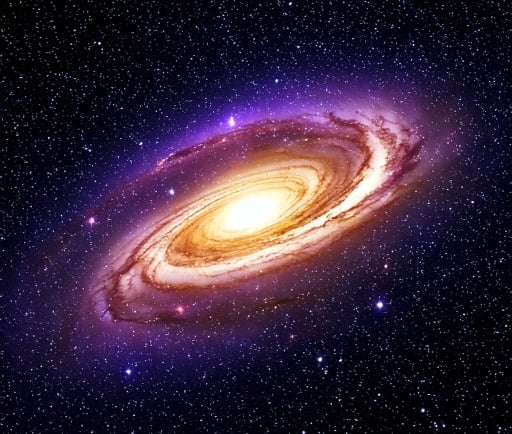The Brilliance of M81: A Stellar Wonder in Ursa Major


Introduction to M81
M81, also known as Bode's Galaxy, is one of the most fascinating celestial objects visible from Earth. Situated approximately 11.6 million light-years away in the constellation Ursa Major, M81 is renowned for its impressive apparent magnitude of 6.9, making it a brilliant target for both amateur astronomers and seasoned professionals. This galaxy stands as a testament to the wonders of our universe, captivating stargazers with its alluring beauty.
Characteristics and Structure of M81
M81 is classified as a spiral galaxy and is home to an estimated 250 billion stars, highlighting its vastness and complexity. Its notable structure can be appreciated through telescopic observations, which reveal a faint patch of light that combines both bright cores and muted arms of stars. This awe-inspiring formation is demonstrated alongside its neighboring galaxy, M82, allowing for a striking visual display that attracts numerous observers.
The Cosmic Significance of M81
The importance of M81 extends beyond its visual appeal; it serves as a valuable site for astronomical studies. Its distance and composition provide a wealth of information about galaxy formation and evolution. The interactions between M81 and M82 encourage astrophysical research, enabling scientists to learn more about gravitational effects and the dynamics of galactic structure. This research, in turn, sheds light on theories regarding dark matter and the universe's expansion.
In summary, M81 represents an astronomical gem within the constellation Ursa Major, boasting both beauty and scientific significance. Its brightness and the sheer volume of stars contained within make it a vital subject for study within the field of astronomy. As we continue to explore our universe, entities like M81 remind us of the wonders that lie beyond our planet and the importance of preserving the knowledge gleaned from such incredible research opportunities.
